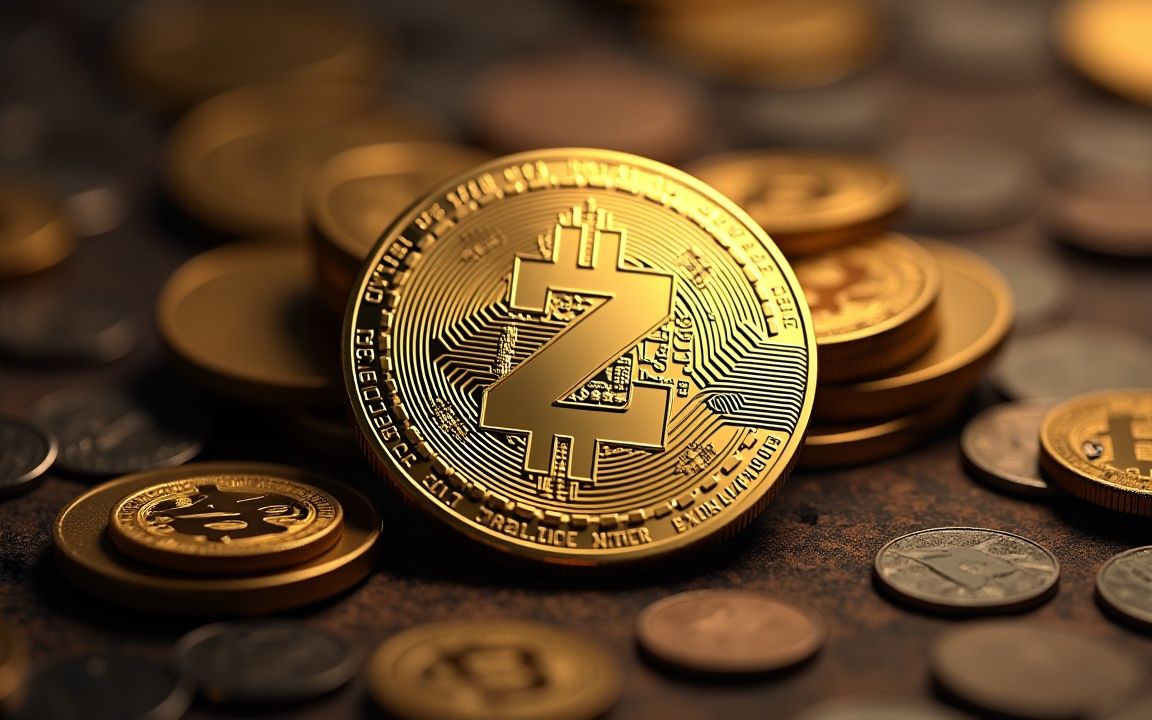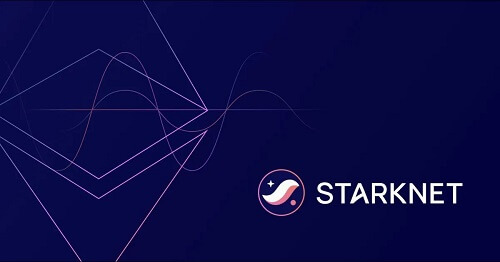- Analyst Scott Melker questioned XRP’s real-world role as other blockchains advance in cross-border payments.
- Ripple CTO David Schwartz said XRP remains the native bridge asset on the XRP Ledger, accessible to all accounts.
- Schwartz explained that XRP’s structure eliminates counterparty and default risks, ensuring reliable global transactions.
XRP entered another week of intense debate as questions surfaced about its current role in the crypto economy. The discussion followed delays in XRP’s exchange-traded fund approval and Ripple’s recent $11 billion institutional acquisition. As new blockchain networks like Solana and Ethereum advance in payments innovation, industry attention has shifted toward whether XRP still holds a meaningful function in global finance.
Analyst Challenges XRP’s Present-Day Purpose
In a post on X, market analyst Scott Melker reignited scrutiny over XRP’s relevance by questioning what the token will deliver in 2025. He asked how XRP distinguishes itself when major financial players are adopting other blockchain solutions.
Western Union selected Solana for its stablecoin launch, while Swift integrated Linea, a network on Ethereum, for cross-border payment pilots. These moves raised concerns that XRP’s early lead in remittance technology might be fading amid new competition.
Melker noted that XRP’s original appeal centered on efficient international transfers. However, with stablecoins now supporting faster and cheaper transactions, the token’s direct application appears less defined. His comments sparked broad discussion among traders and blockchain developers who questioned whether XRP remains integral to Ripple’s broader payment infrastructure.
Ripple CTO Defines XRP’s Function on XRPL
Ripple’s Chief Technology Officer, David Schwartz, addressed the criticism directly through a detailed statement on X. He said XRP continues to operate as the native bridge asset on the XRP Ledger, maintaining accessibility for every account on the network. According to Schwartz, the design of XRPL allows users to move value globally without intermediaries or transaction freezes.
He emphasized that XRP carries no counterparty risk, default risk, or control from centralized entities. Schwartz stated that this framework supports XRP’s reliability for cross-border liquidity and decentralized payments. He added that XRP’s position within XRPL enables it to capture value generated by ledger transactions, maintaining its role as a bridge currency within decentralized finance systems.
Melker further asked whether XRP’s current valuation reflects genuine adoption or speculative belief. Schwartz responded that most cryptocurrencies, including Bitcoin, derive their worth from future expectations rather than daily usage. He observed that speculation continues to drive crypto markets as institutions and corporations consider digital assets for future holdings.




